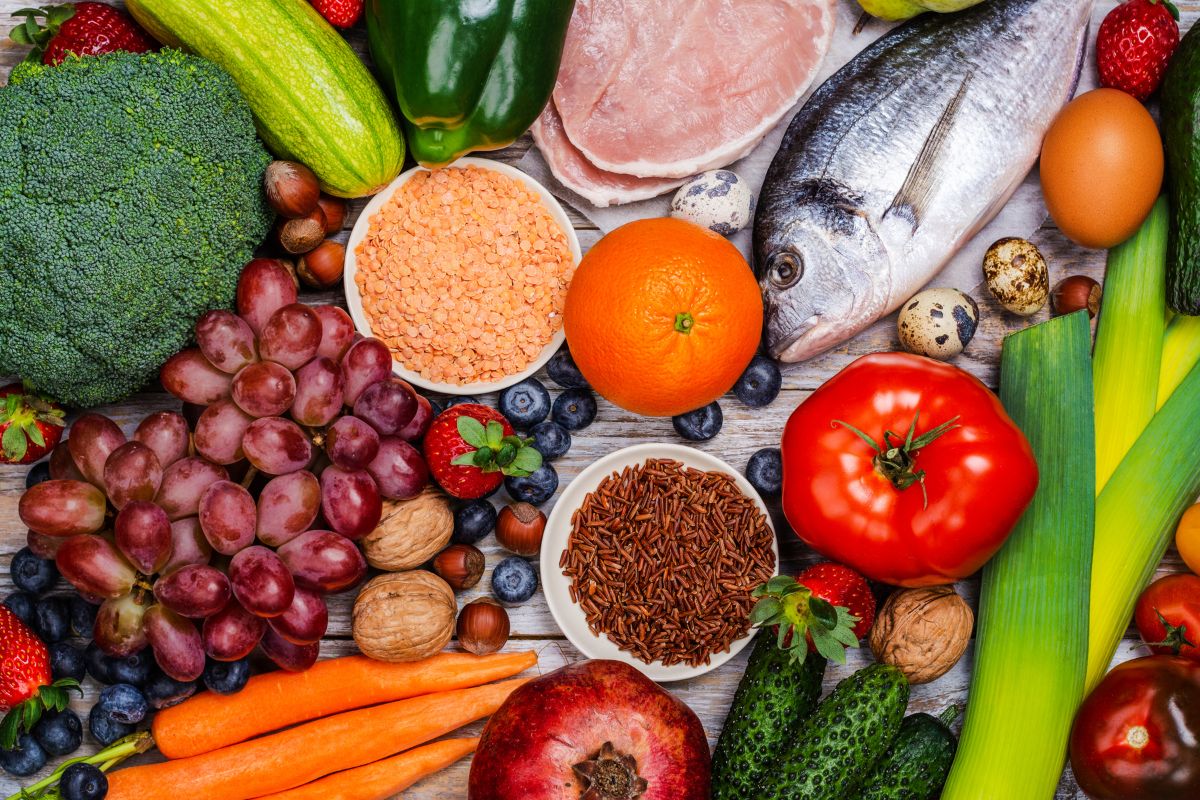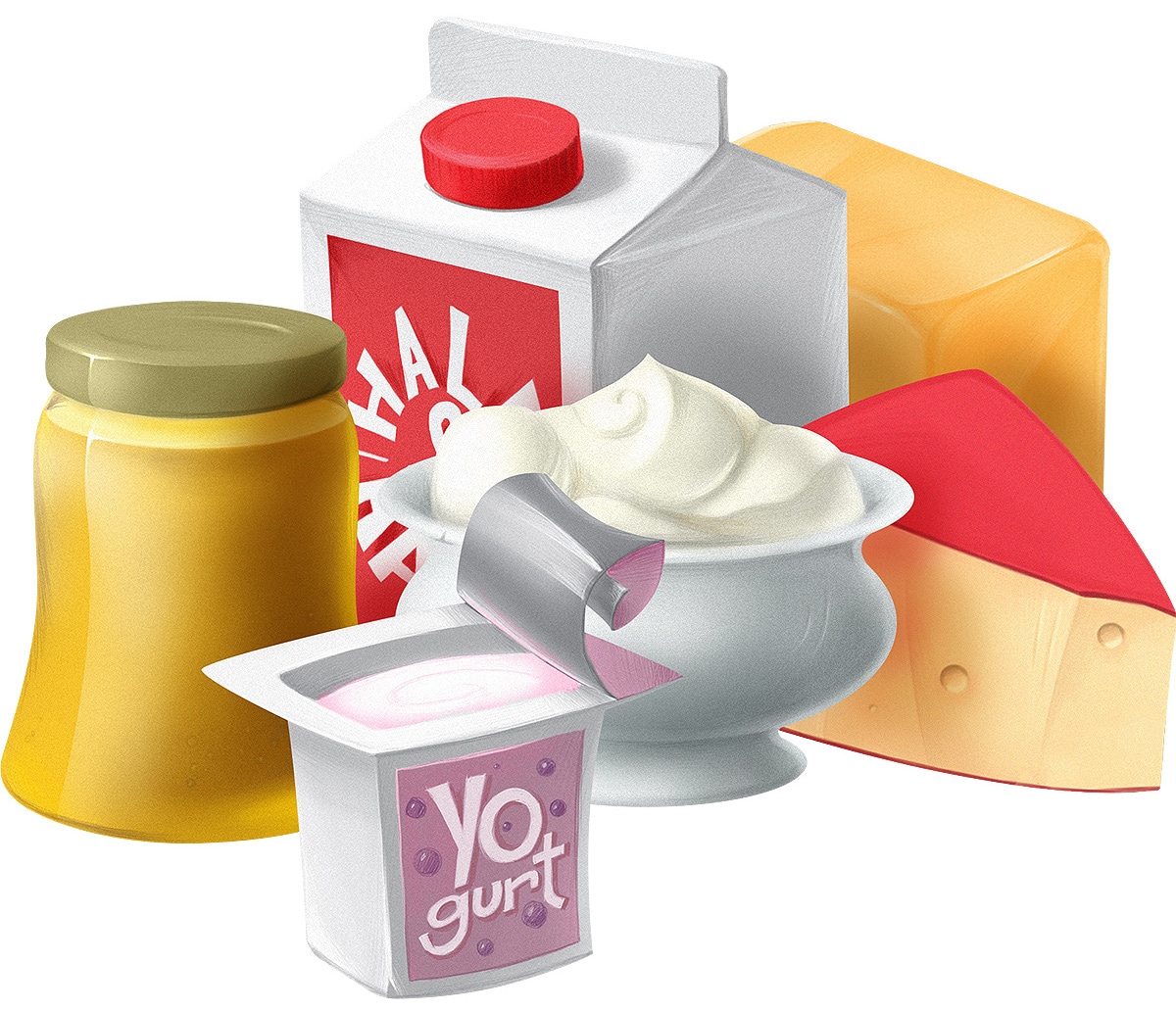
There is no one perfect Paleo diet for everyone.
Low-carb doesn’t work for everyone; neither does moderate-carb, or high-carb, or carb cycling, or carb timing, or carbs only post-workout, or carbs only on alternate Thursdays when Capricorn is rising and Venus is in the 8th house.
But have you ever wondered exactly why we’re all so different? Why is it that some people see inexorable weight gain even on a tiny calorie allowance when they’re eating a high-carb “healthy” diet, but the weight drops off on a low-carb plan without counting anything? And why is it that other people see no real difference from cutting carbs and feel just fine with them?
One part of the answer: genetics. Here’s a look at just a few of the genetic differences that can affect what kind of diet works best for you – with an explanation of who’s likely to have what variation, and what kinds of dietary strategies would be best for people on different ends of the spectrum.
Genetics and Carbohydrate Metabolism
Your genes can affect how well you metabolize carbs, in a couple different ways.
The AMY2 Gene and Carb Tolerance
One way that genetics can determine how many carbs you can handle is by determining how much amylase you produce. Amylase is a digestive enzyme that breaks down starches. The more of it you have, the better you’ll do with starch. The less of it you have, the worse you’ll do with starch.
The amount of amylase you produce is determined by how many copies of the AMY1 gene you have (between 2 and 15; most people have somewhere between 4 and 8). People whose ancestors evolved eating a higher-starch diet (typically people in drier environments) generally have more copies of AMY1, while people whose ancestors involved in rainforest or arctic environments have fewer because their diets were less starch-based.
The more copies of AMY1 you have, the better you’ll do with starch, and vice versa. In the general population (a high-carb, high-starch diet overall), people with fewer copies of AMY1 are at a higher risk of obesity. For every additional copy of the gene, your risk of obesity decreases by roughly 20%.
What this means for you: there’s more to carb tolerance than just diet and exercise. If you only have a couple copies of AMY1, you may do better on low-carb even if you do all the right things to improve your carb tolerance. On the other hand, if you can eat carbs without gaining weight despite everyone around you having the opposite results, no need to worry: you might just have won this particular genetic lottery and there’s no reason to go low-carb if it doesn’t matter to you.
The LCT Gene and Lactose Tolerance

A better-known way that genetics demand some dietary variation is the case of lactase.
Lactase is the enzyme that you need to break down lactose, the carbohydrate in milk. It’s controlled by the LCT gene. Everyone produces lactase as a baby, but in most people, the LCT gene is turned off as an adult, and they lose their ability to produce lactase. On the other hand, some people have lactase persistence; their LCT gene stays turned on for their whole life.
People who lose their ability to produce lactase as adults are lactose intolerant: they get gas, cramping, and other symptoms after drinking milk and probably will do best avoiding it. People who keep their ability to produce lactase are lactose tolerance, and may be fine with dairy (if they don’t also have other issues like a milk allergy).
The genetic mutation for lactase persistence is strongly associated with high traditional dairy use – that’s understandable since in a population with little to no reliance on dairy, there really isn’t any evolutionary pressure for it. Genetic lactase persistence is found in a few small African tribes, but the biggest lactose-tolerant gene pool is northern Europe: most people whose ancestors came from northern Europe are lactose tolerant.
What this means for you: if your family is from northern Europe (regardless of where you currently live), you’re likely to be lactose tolerant and may do just fine with dairy. If you do fine with it, consider including it in your diet: it’s nutritious and very tasty. On the other hand, if your family is originally from the Americas, India, or Africa, you’re much more likely to have trouble with dairy.
Genetics and Fat Metabolism
Oh what, you thought it stopped with carbs? Genetics also affect how different people with different genetic backgrounds metabolize fatty acids, especially the all-important inflammation controllers like Omega-3 and Omega-6 fats.
For one thing, human beings have genetic variations in genes that affect the enzymes needed for de novo lipogenesis (making new fat cells). Unfortunately, this hasn’t been studied very much, but it could affect susceptibility to weight gain, metabolic syndrome, hypertension, inflammation, and insulin resistance.
Genetic variations in processing dietary fatty acids are much better-studied, and have the potential to affect blood lipids, obesity, cardiovascular disease, and metabolic syndrome. Just for example, there are two different genetic patterns that change the way humans process PUFA (Omega-3 and Omega-6 fats). There’s an “efficient” type (you do it really well) and an “inefficient” type (you don’t do it very well). Here’s the distribution:
- Africa: almost everyone has the efficient type
- Europe and Middle East: around 75% have the efficient type
- East Asia and Oceania: roughly 50%
- Americas: almost everyone has the inefficient type.
(Bear in mind that this is about where your genes come from, not where you live now. “Americas” in this case means the native population of the Americas – if you live in the Americas but your ancestors arrived after 1492, you’re in one of the other groups for genetic purposes)
Efficient conversion of PUFA precursors to PUFA was probably an advantage back in the day when these essential fats were hard to come by, but today, the “efficient” haplotype is probably more of a disadvantage because most people eat too much Omega-6 PUFA as it is; they don’t need any extra efficiency in metabolizing it!
This might explain why some people are more sensitive to eating vegetable oils than others. People with the “efficient” haplotype would probably be more sensitive to the potential effects of eating a bunch of Omega-6, while people with the inefficient type probably would be less sensitive. On the other hand, people with the “efficient” haplotype would also find it much easier to get enough Omega-3, while people with the inefficient type would probably find it more difficult.
What this means for you: if you’re of European or African ancestry, it’s especially important to pay attention to keeping your Omega-6 in check. Know your own tolerance – but on the other hand, don’t go crazy about this; if you’re passing on the industrial oils and not basing your diet on nut products, and you’re getting some fish at least a couple times a week, you’ll probably be fine.
Summing it Up
Paleo is a diet based on genetics – our genetic code is just wired for a completely different environment than the one we live in today. But any diet based on genetics ultimately has to take into account genetic differences: by pure accident of genetic variation, some of us are more or less-suited to various aspects of the modern diet and lifestyle.
Here, you got a look at just a few of the genetic differences that could have a real-life effect on what kind of diet is best for you: how much amylase you produce, whether or not you’re lactose tolerant, and how efficient you are at managing dietary PUFA. This just underscores the need to experiment and find a Paleo that works for you – and then remember that it may not work for other people.





Leave a Reply